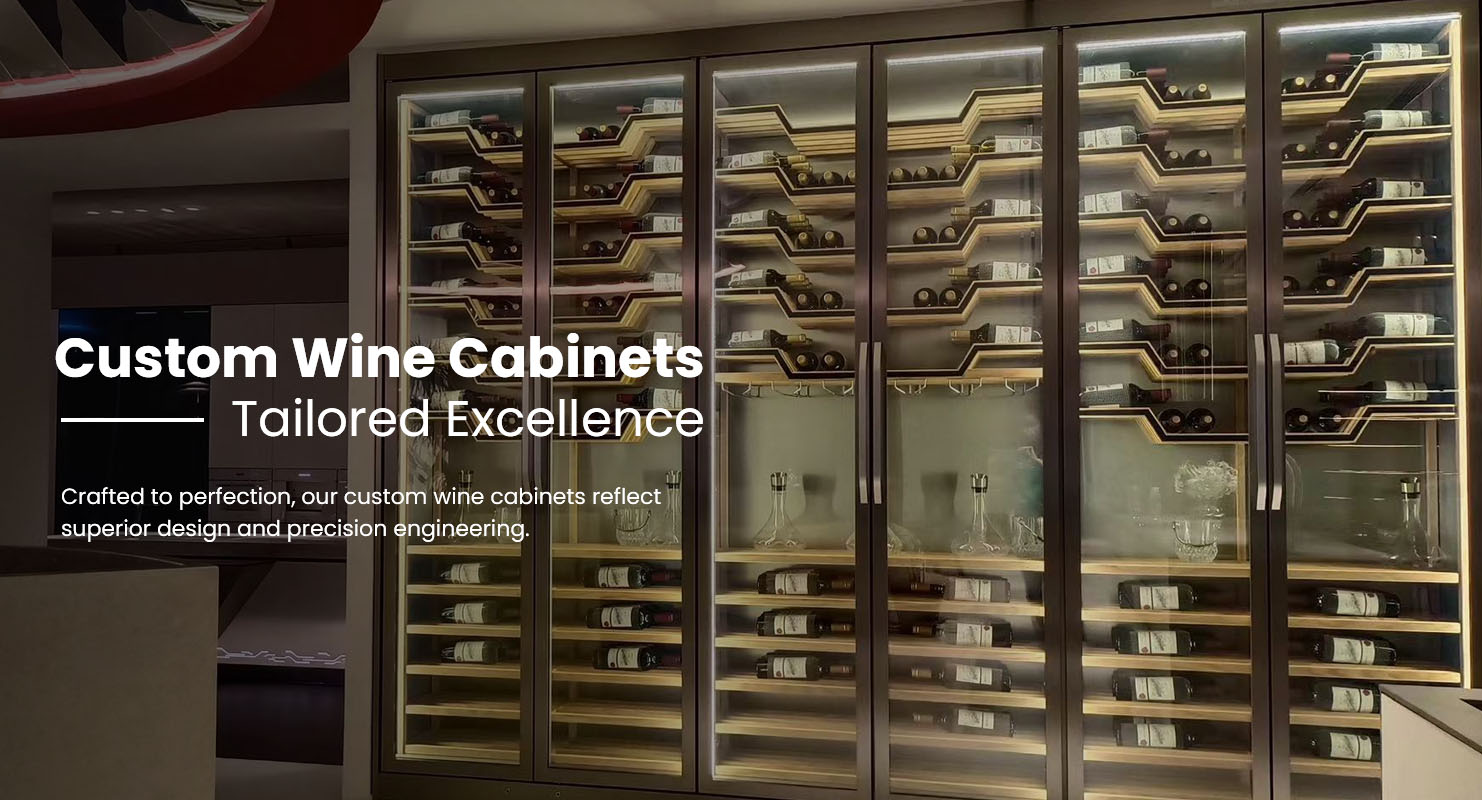How Much Does A Wine Cooler Cost To Run
Most home Wine Coolers cost roughly $3–$10 per month to run in the U.S. (at ~$0.16/kWh), depending on size, technology (compressor vs. thermoelectric), set temperature, room conditions, and how often you open the door.
1) The quick formula
Cost = (Watts ÷ 1000) × Hours per day × kWh price × 30
If your cooler cycles on/off, multiply the running watts by the duty cycle (the % of time it actively cools).
2) Typical scenarios
| Scenario | Tech & Size | Assumptions | kWh / month | Est. cost / month (US $0.16/kWh) | Est. cost / month (EU €0.30/kWh) |
|---|---|---|---|---|---|
| A. Small thermoelectric (12–18 bottles) | Peltier + fan | ~70 W average, runs most of the day | ≈50 kWh | ≈$8.06 | ≈€15.12 |
| B. Mid/large compressor (40–60 bottles) | Compressor + fan | 100 W when running, 30% duty cycle (≈30 W avg) | ≈21.6 kWh | ≈$3.46 | ≈€6.48 |
Many compressor models are more efficient than small thermoelectric units in warm rooms because they don’t need to run continuously.
Another way: if your EnergyGuide (or spec sheet) lists annual usage, e.g. 200 kWh/year, then:
Cost/year (US) ≈ 200 × $0.16 = $32
Cost/month ≈ $2.67
3) What makes your cooler use more (or less) energy
Ambient room temperature: hotter rooms = longer run time. Keep the area 50–80°F (10–27°C) if possible.
Ventilation/clearance: leave 2–4 in (5–10 cm) at sides/back so hot air can escape.
Door openings & loading: frequent openings and warm bottles increase runtime.
Set temperature: lower setpoints (e.g., 39–45°F / 4–7°C) use more energy than 54–57°F (12–14°C).
Fill level: a cabinet that’s ~⅔ full is thermally stable and cycles less.
Technology: compressor units handle warm rooms more efficiently; thermoelectric are quiet but sensitive to ambient heat.
4) Easy ways to cut your bill (often 10–30%)
Place smart: cool, shaded spot; away from ovens/sunlight.
Give it air: maintain clearance; clean rear/front coils and vents every 3–6 months.
Seal it: check the door gasket monthly; replace if it leaks.
Set realistic temps: reds 54–65°F (12–18°C), whites 43–54°F (6–12°C), sparkling 39–46°F (4–8°C).
Load strategy: pre-chill new bottles in the refrigerator before adding to the wine cooler to avoid a long pull-down.
Lighting: use internal LEDs sparingly; turn off display lighting when not needed.
Eco/Smart modes: if your unit offers Eco or variable-speed fan/compressor modes, enable them.
5) About Winton Wine Cooler (efficiency notes)
Modern features you’ll often see in Winton units that help keep costs down:
High-efficiency compressors and EC fans for lower average watt draw.
Dual-zone control (cool only the zone you need).
Tight door seals & low-E glass to reduce heat gain.
Accurate digital thermostats (less overshoot = less waste).
6) DIY cost check (5 minutes)
Find the plate or manual rating (Watts or kWh/year).
If only Watts are shown, estimate duty cycle (20–40% for compressor; 60–100% for thermoelectric depending on room heat).
Plug into the formula with your local kWh price (see your utility bill).
Re-measure after moving/ventilating the unit—you’ll often see energy drop.
Bottom line
Expect ~$3–$10/month for most home wine coolers in typical conditions.
Compressor models in a well-ventilated, cool spot can run at the low end of that range; small thermoelectric units in warm rooms will be at the high end.
Good placement, sealing, and realistic temperatures make the biggest difference.


